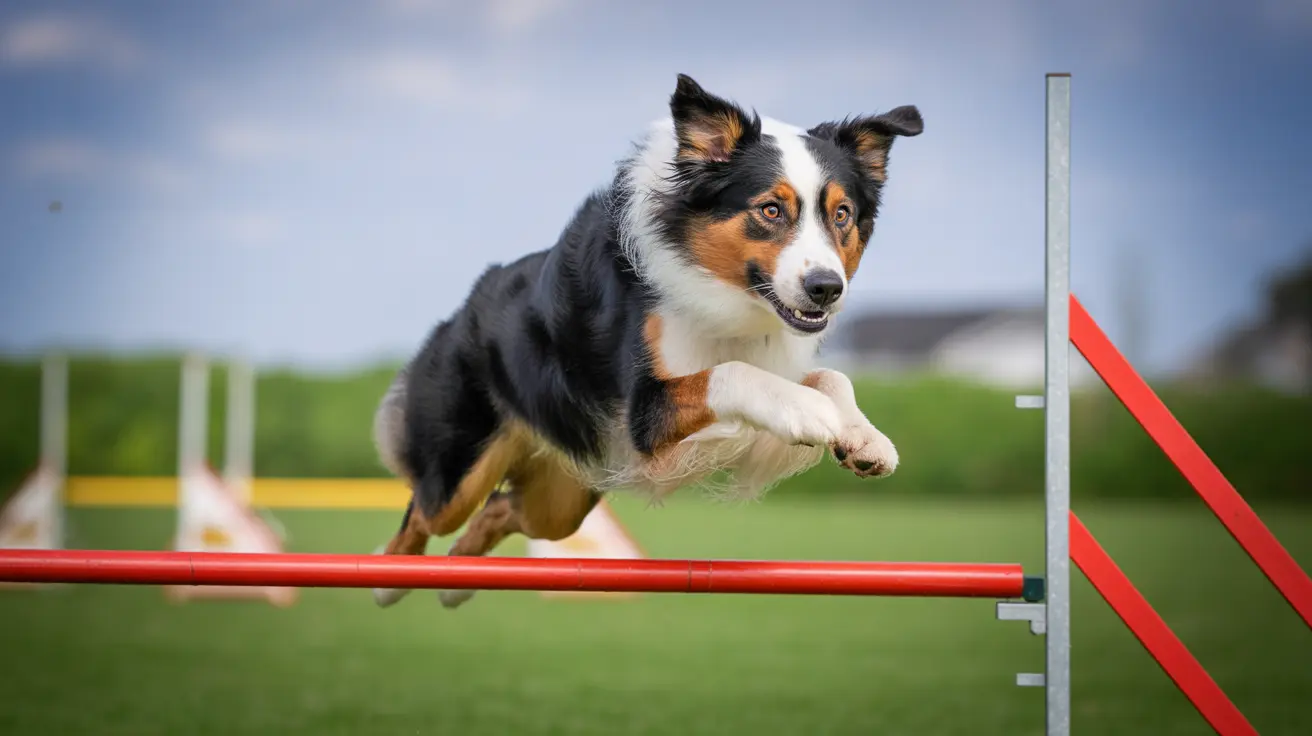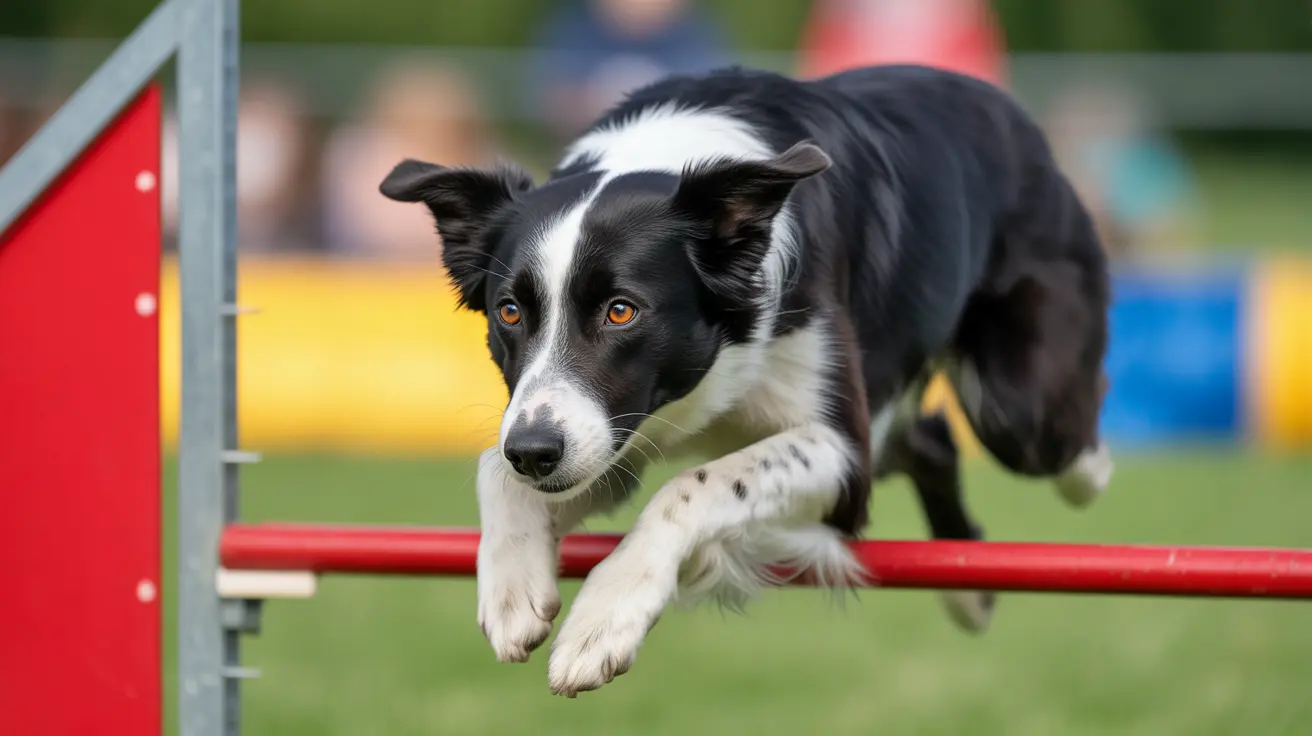For nearly a century, Disney fans have wondered about the breed of Mickey Mouse's loyal canine companion, Pluto. While his floppy ears and keen sense of smell might remind you of a Bloodhound, the truth about Pluto's breed is more interesting than you might expect. Let's dive into the fascinating history and evolution of this beloved Disney character.
Originally debuting in 1930, Pluto has become one of Disney's most enduring characters, known for his expressive face, distinctive yellow-orange coat, and unwavering loyalty to Mickey Mouse. While his appearance has evolved over the decades, certain features have remained consistent, leading to ongoing speculation about his breed heritage.
The Origins of Pluto's Design
When Pluto first appeared in the 1930 cartoon "The Chain Gang," he was explicitly portrayed as a Bloodhound tracking an escaped prisoner (who happened to be Mickey Mouse). His initial design featured the characteristic traits of a Bloodhound: drooping jowls, long ears, and a pronounced sense of smell.
However, Disney's creative team soon began modifying Pluto's appearance, gradually transforming him from a stocky Bloodhound into a more streamlined, generic dog character that could appeal to a broader audience.
The Official Disney Stance
Despite his Bloodhound origins, Disney officially recognizes Pluto as a mixed-breed dog. This designation has actually worked in the character's favor, making him more relatable to audiences worldwide and allowing for greater creative flexibility in storytelling.
The decision to maintain Pluto's status as a mixed-breed also reflects the reality that many beloved family pets are themselves wonderful mutts with diverse genetic backgrounds.
Pluto's Distinctive Physical Features
Several key physical characteristics have defined Pluto throughout his evolution:
- Long, floppy ears that often express his emotions
- Prominent black nose perfect for tracking
- Lanky, athletic build
- Short yellow-orange coat
- Oversized green collar
- Expressive face capable of showing complex emotions
Animation Innovation Through Pluto
Pluto's role as a non-speaking character pushed Disney's animators to develop innovative techniques for expressing emotion and personality through movement alone. This breakthrough in animation has influenced countless animal characters in subsequent decades.
Unlike other Disney characters like Goofy (who is also technically a dog), Pluto maintains realistic canine behaviors, walking on all fours and communicating through barks, whines, and body language.
Frequently Asked Questions
Why do pet owners often mistake Pluto for a Bloodhound when he is actually a mixed-breed dog?
This confusion stems from Pluto's original design as a Bloodhound in his 1930 debut. While his appearance has evolved, he retained certain Bloodhound characteristics like the long ears and tracking abilities, leading many to associate him with the breed.
What inspired Walt Disney to create Pluto, and how has his design evolved over time?
Walt Disney created Pluto initially as a tracking Bloodhound for "The Chain Gang" (1930). Over time, his design evolved from a stockier Bloodhound to a more versatile mixed-breed appearance, though he maintained his signature features like floppy ears and expressive face.
How does Pluto's portrayal as a non-anthropomorphic pet in Disney contribute to his enduring popularity?
Pluto's realistic dog behavior makes him uniquely relatable and authentic compared to other cartoon animals. His non-speaking, purely canine nature allows viewers to connect with him as they would with real pets, contributing to his lasting appeal.
What are some key Bloodhound traits that influenced Pluto's initial character design?
Key Bloodhound traits in Pluto's original design included his long, drooping ears, keen sense of smell, tracking abilities, and facial structure. Though modified over time, these features influenced his enduring character design.
How has Pluto's legacy impacted the representation of dogs in animation and popular culture?
Pluto pioneered the non-speaking animal sidekick role in animation, influencing countless animated pets and animal characters. His success demonstrated that animal characters could be compelling and relatable without human speech or anthropomorphic features.
Conclusion
While Pluto may have started as a Bloodhound, his evolution into a beloved mixed-breed character has made him one of Disney's most enduring and relatable creations. His unique position as a realistic dog in a world of talking animals has helped him maintain relevance and charm for nearly 100 years, proving that sometimes the best characters are the ones that stay true to their animal nature.






